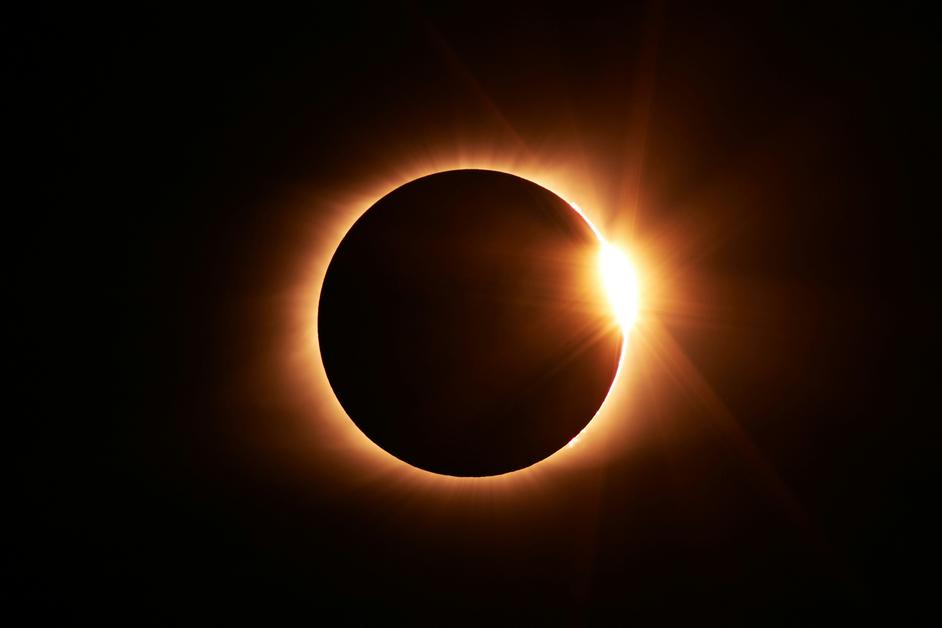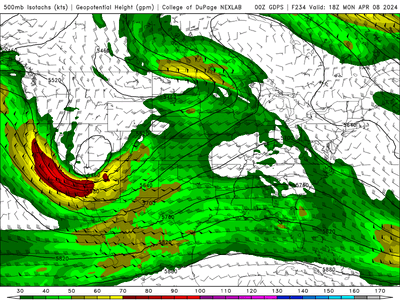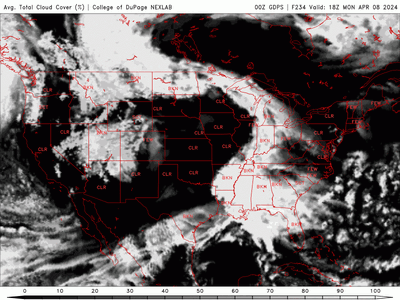Ben Holcomb
EF5

Eclipse viewing at 30,000 feet: Delta to offer path-of-totality flight
Fliers can catch the April 8 total solar eclipse in-air from DL 1218, Austin-Detroit.

Most important thing to note about these flights is that since the sun is rather high in the sky, during the eclipse, the totality is unlikely to be seen outside the aircraft window, unless the plane is banked by about 15-20°. Even then, the viewing positioning is likely to be uncomfortable (crouched on the aircraft floor)
Of course, there are the other standard disclaimers of the flight may not leave on time the flight may be outside of the totality path, etc.
It may be sold out, but anyone with an extra $9750 lying around can possibly book this flight, which is going into the Totality zone using a Cessna Citation X:
The Citation X has sloped windows, so the eclipse would be seen in comfort even with the high sun angle.
The person putting this flight together has put together several successful eclipse chases in private aircraft.
Interesting that pivotal weather has included the eclipse path along with the GFS cloud cover map.

All I can say is that I'm very glad I caught the 2017 eclipse. As much as I want to see this one, I'm not willing to drive to NY or New England for it, if it turns out that's the only good option.
if it turns out that the Northeast U.S. (whose climo is the least friendly) is the only region to pull this off, as early ensemble trends hint at, that's an extra kick in the junk.
Hopefully you can cancel one or more of those hotel bookings and get a refund (this is often the case for me). And hopefully you purchased flight insurance (this is never the case for me)! If you're no longer going that is. Still a ways to go thoughThink how I feel, I live in the northeast and booked flights for a family of five to go to TX and reserved two hotel rooms in each of three different spots from Austin to Arkansas


